Diksha
Prognostic Power of Texture Based Morphological Operations in a Radiomics Study for Lung Cancer
Dec 23, 2020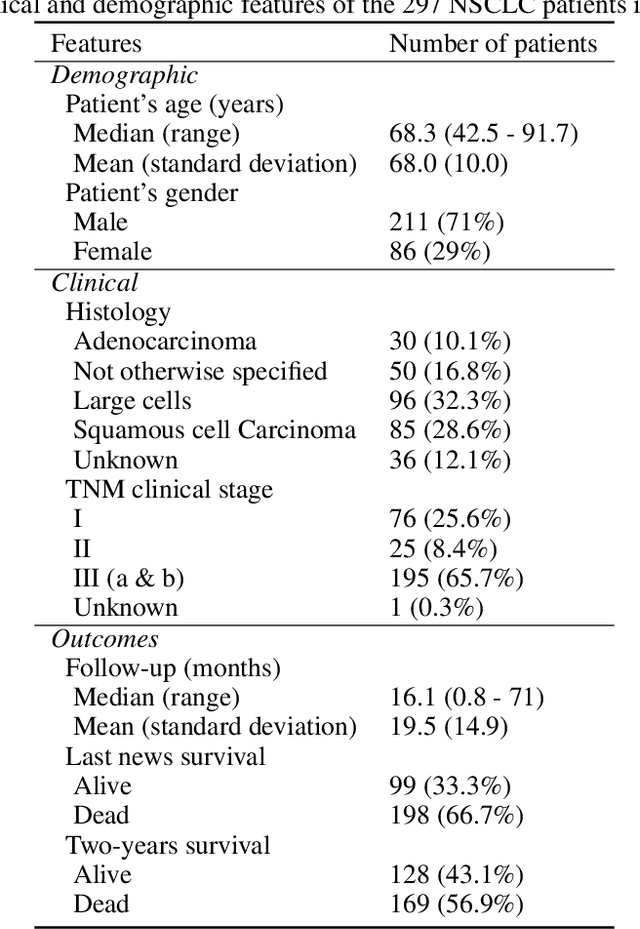
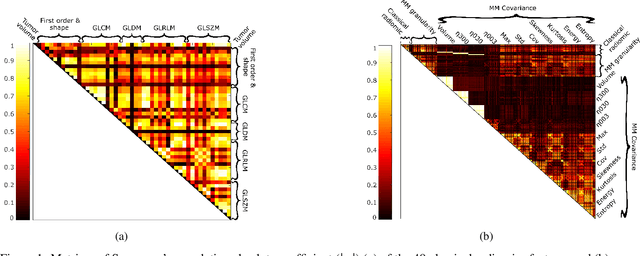
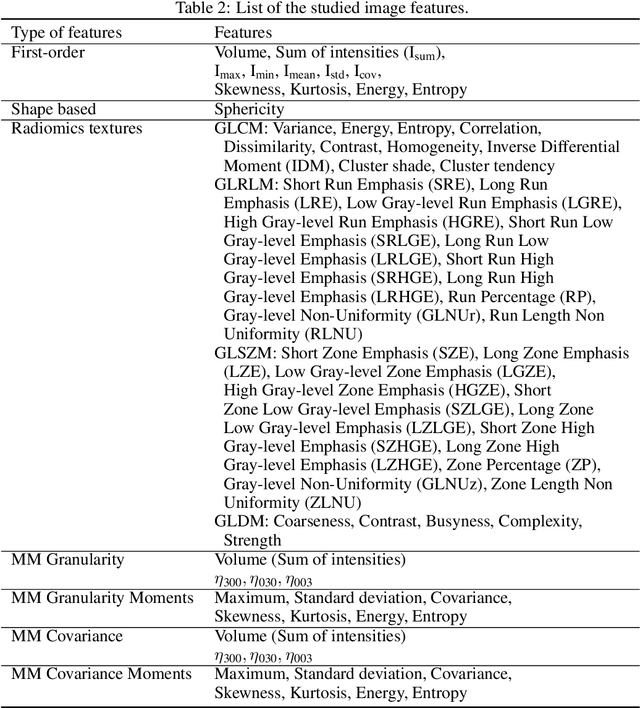
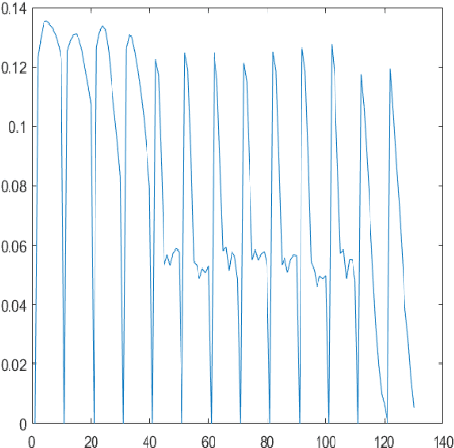
Abstract:The importance of radiomics features for predicting patient outcome is now well-established. Early study of prognostic features can lead to a more efficient treatment personalisation. For this reason new radiomics features obtained through mathematical morphology-based operations are proposed. Their study is conducted on an open database of patients suffering from Nonsmall Cells Lung Carcinoma (NSCLC). The tumor features are extracted from the CT images and analyzed via PCA and a Kaplan-Meier survival analysis in order to select the most relevant ones. Among the 1,589 studied features, 32 are found relevant to predict patient survival: 27 classical radiomics features and five MM features (including both granularity and morphological covariance features). These features will contribute towards the prognostic models, and eventually to clinical decision making and the course of treatment for patients.
Data-driven Prognostics with Predictive Uncertainty Estimation using Ensemble of Deep Ordinal Regression Models
Apr 02, 2019
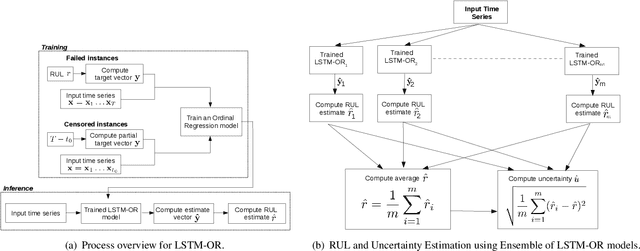
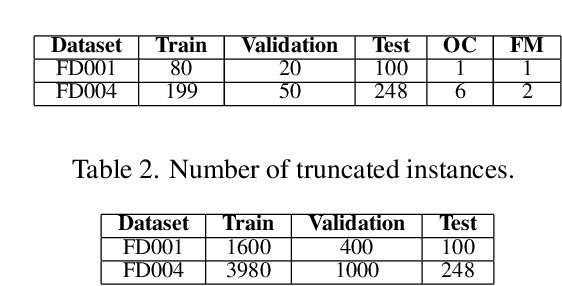
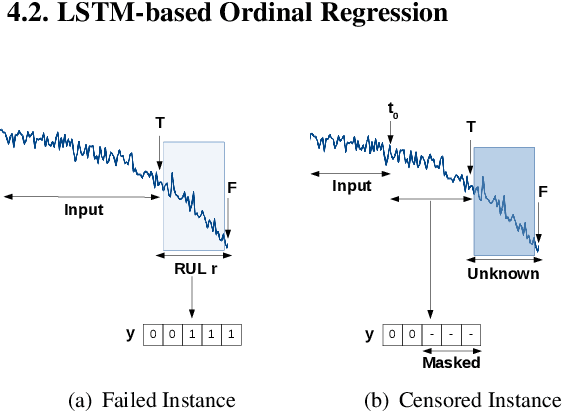
Abstract:Prognostics or Remaining Useful Life (RUL) Estimation from multi-sensor time series data is useful to enable condition-based maintenance and ensure high operational availability of equipment. We propose a novel deep learning based approach for Prognostics with Uncertainty Quantification that is useful in scenarios where: (i) access to labeled failure data is scarce due to rarity of failures (ii) future operational conditions are unobserved and (iii) inherent noise is present in the sensor readings. All three scenarios mentioned are unavoidable sources of uncertainty in the RUL estimation process often resulting in unreliable RUL estimates. To address (i), we formulate RUL estimation as an Ordinal Regression (OR) problem, and propose LSTM-OR: deep Long Short Term Memory (LSTM) network based approach to learn the OR function. We show that LSTM-OR naturally allows for incorporation of censored operational instances in training along with the failed instances, leading to more robust learning. To address (ii), we propose a simple yet effective approach to quantify predictive uncertainty in the RUL estimation models by training an ensemble of LSTM-OR models. Through empirical evaluation on C-MAPSS turbofan engine benchmark datasets, we demonstrate that LSTM-OR is significantly better than the commonly used deep metric regression based approaches for RUL estimation, especially when failed training instances are scarce. Further, our uncertainty quantification approach yields high quality predictive uncertainty estimates while also leading to improved RUL estimates compared to single best LSTM-OR models.
 Add to Chrome
Add to Chrome Add to Firefox
Add to Firefox Add to Edge
Add to Edge